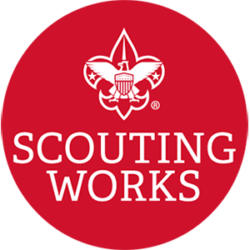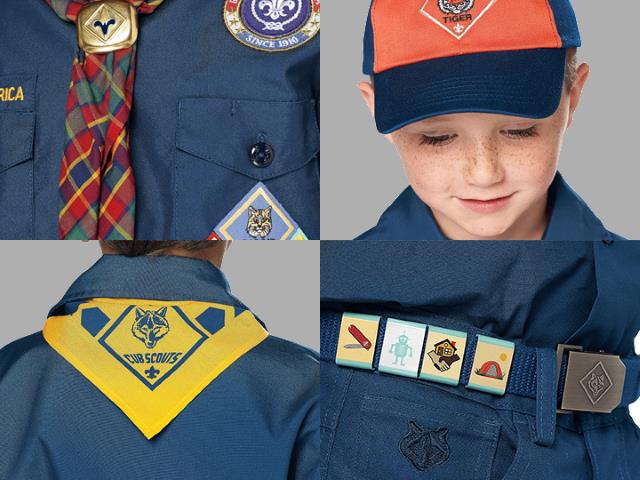What is Cub Scouting?
Cub Scouting is a program of the Boy Scouts of America (BSA), whose overall mission is to help young people build character, learn citizenship, and develop personal fitness. While the BSA serves youth from ages 6 through 20 and girls from ages 6 through 20, Cub Scouting focuses on youth in kindergarten through fifth grade (or from ages 6 through 10).


Costs, Advancement & Activities
Who Pays For It?
Groups responsible for supporting Cub Scouting are the youth and their parents, the pack, the chartered organization, and the community. The youth are encouraged to pay their own way by contributing dues each week. Packs also obtain income by working on approved money-earning projects. The community, including parents, supports Cub Scouting through the United Way, Friends of Scouting enrollment, bequests, and special contributions to the BSA local council. This financial support provides leadership training, outdoor programs, council service centers and other facilities, and professional service for units.
Advancement Plan
Recognition is important to youth. The Cub Scouting advancement plan provides fun for the youth, gives them a sense of personal achievement as they earn badges, and strengthens family understanding as adult family members work with youth on advancement projects.
Activities
Cub Scouting means “doing.” Everything in Cub Scouting is designed to have the youth doing things. Activities are used to achieve the aims of Scouting—citizenship training, character development, and personal fitness. Many of the activities happen right in the den and pack. The most important are the weekly den meetings and the monthly pack meetings.
Camping
Age-appropriate camping programs are packed with theme-oriented action that brings Tiger Cubs, Cub Scouts, and Webelos Scouts into the great out-of-doors. Day camping comes to the youth in neighborhoods across the country; resident camping is at least a three-day experience in which Cub Scouts and Webelos Scouts camp within a developed theme of adventure and excitement. “Cub Scout Worlds” are used by many councils to carry the world of imagination into reality with actual theme structures of castles, forts, ships, etc. Cub Scout pack families enjoy camping in local council camps and other council-approved campsites. Camping programs combine fun and excitement with doing one’s best, getting along with others, and developing an appreciation for ecology and the world of the outdoors.



